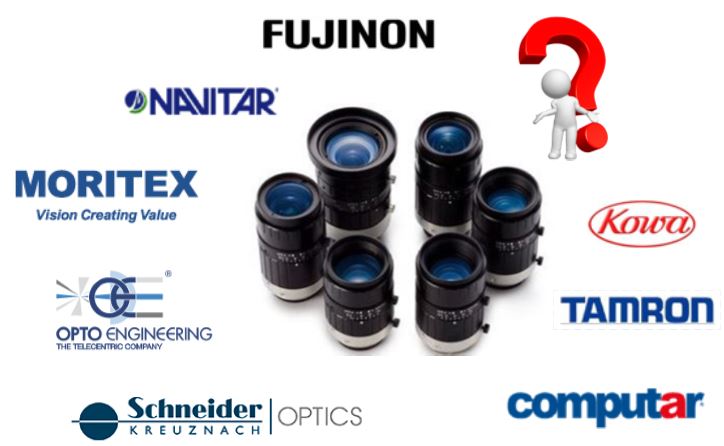IDS Imaging Factory Automation (IP65/67) cameras have been released with key features to help save money on industrial installations.
The new versions are “plug & play” with 3rd party GigE Vision software such as Cognex Vision Pro & National Instruments Vision software.
The IDS Imaging GigE uEye FA (Factory Automation) industrial cameras are specifically designed for harsh environments, providing IP65/67 protection using a GigE interface.
Using a water tight lens barrel and M12 connector eliminates the need for costly IP65/67 enclosures, saving space and additional assembly costs. Attractively priced, the FA cameras are an excellent camera for harsh environments versus standard cameras with enclosures.
Click here to contact Sales for a quote now
Key Features are as follows:
- IP65 / IP67 Protection – Eliminates the need for an additional costly enclosure, protecting against dirt, dust and water splashing.
- GigE Vision compliant models – “GV” models available for use with GigE Vision compliant 3rd party vision software or use with the robust IDS Imaging Cockpit software and SDK using the “UI” models
- Compact size with IP65/67 protection – Measuring 41mm x 52mm x 43mm long, the camera design provides less volume than using additional enclosures with non IP rated cameras
- 8-Pin IP Rated connectors – Used for GPIO, trigger and flash within harsh environments.
- GigE PoE Interface – Using Power over Ethernet (PoE), one cable can be utilized for data and power saving money on installations.
- Resolutions from 2.3 to 5MP using the Popular Sony Pregius CMOS image sensors (IMX249, IMX265), IMX264) in Mono and Color models
IDS uEye cameras configured for IDS Imaging Software & SDK, provide you with an extensive development platform supporting Windows, Linux and embedded platforms. (Learn more about the IDS Imaging software here,.. which is free! )
Camera models and specifications: (Click on the model)
UI-5260FA – 2.35 MP, 1936 x 1216, 47 fps, Sony Pregius IMX249
UI-5270FA – 3.17 MP, 2056 x 1542, 36 fps, Sony Pregius IMX265
UI-5280FA – 5.04 MP, 2456 x 2054, 23 fps, Sony Pregius IMX264

GigE Vision compliant cameras are configured for use with any GigE Vision compliant 3rd party software such as Cognex Vision Pro & National Instruments Vision to name a couple.
Camera models and specifications:
GV-5260FA – 2.35 MP, 1936 x 1216, 47 fps, Sony Pregius IMX249
GV-5270FA – 3.17 MP, 2056 x 1542, 36 fps, Sony Pregius IMX265
GV-5280FA – 5.04 MP, 2456 x 2054, 23 fps, Sony Pregius IMX264
Request a quote here – Please specify model of interest via email @ info@1stvision.com
You don’t need IP65/67 rated cameras? IDS has an extensive camera suite with resolutions from VGA to 18MP in USB2, USB3.0, USB3.1 and GigE interfaces – Click here for all models which 1st Vision has hundreds in stock
Related Links

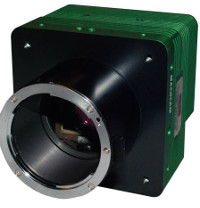
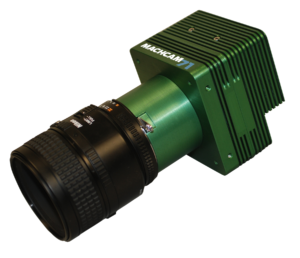
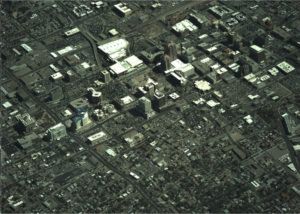
 ise reduction has been significantly reduced via software improvements
ise reduction has been significantly reduced via software improvements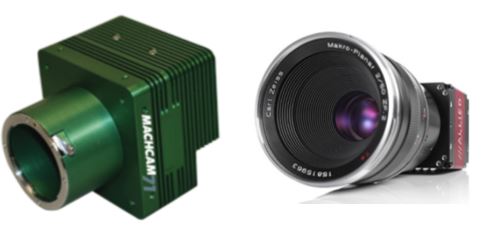
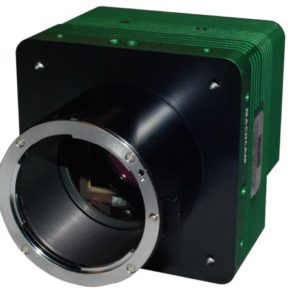 For most cameras in the automated imaging marketplace, the sensor sizes are 1” and less. (1″ sensors have 16mm image circle/diameters)
For most cameras in the automated imaging marketplace, the sensor sizes are 1” and less. (1″ sensors have 16mm image circle/diameters)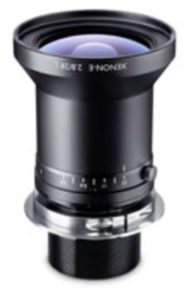
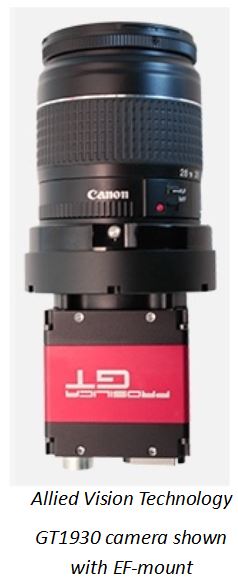 the camera, the automated imaging industry has created several products to use these lenses. The solutions from Birger Engineering,
the camera, the automated imaging industry has created several products to use these lenses. The solutions from Birger Engineering, 